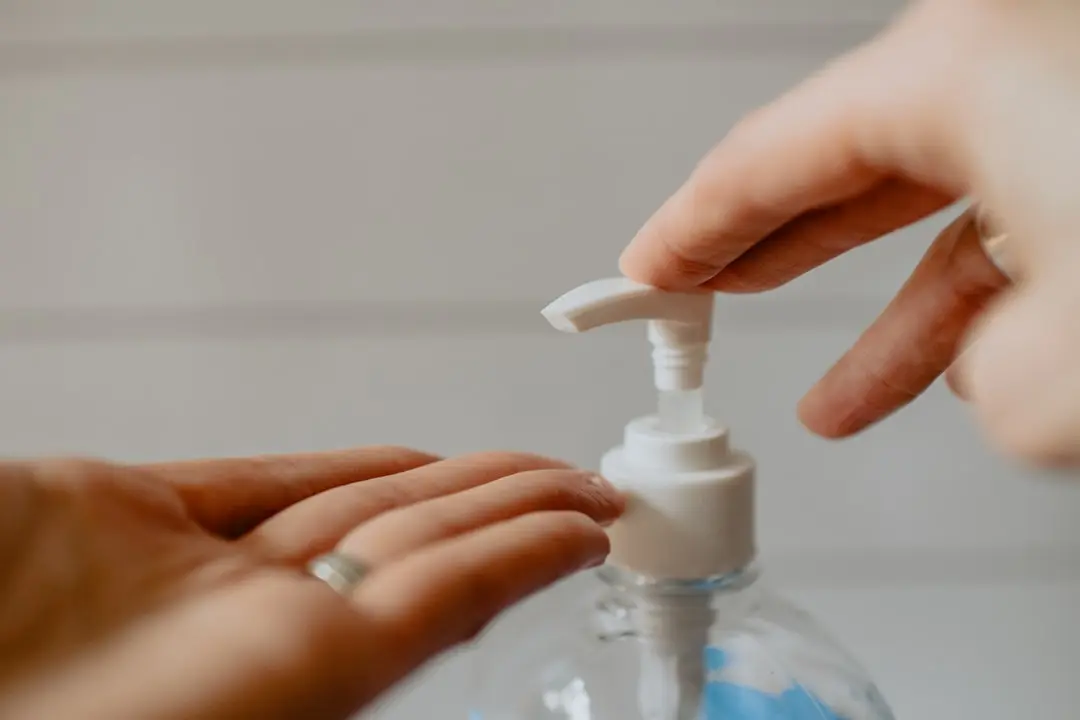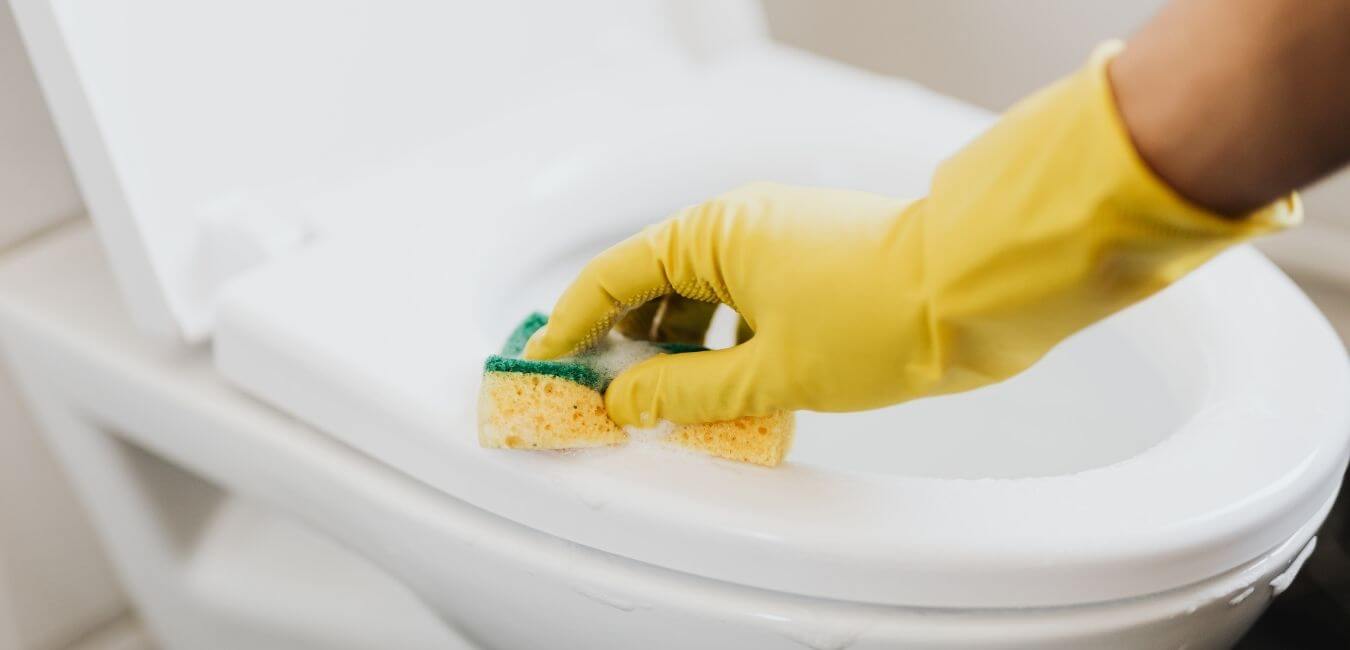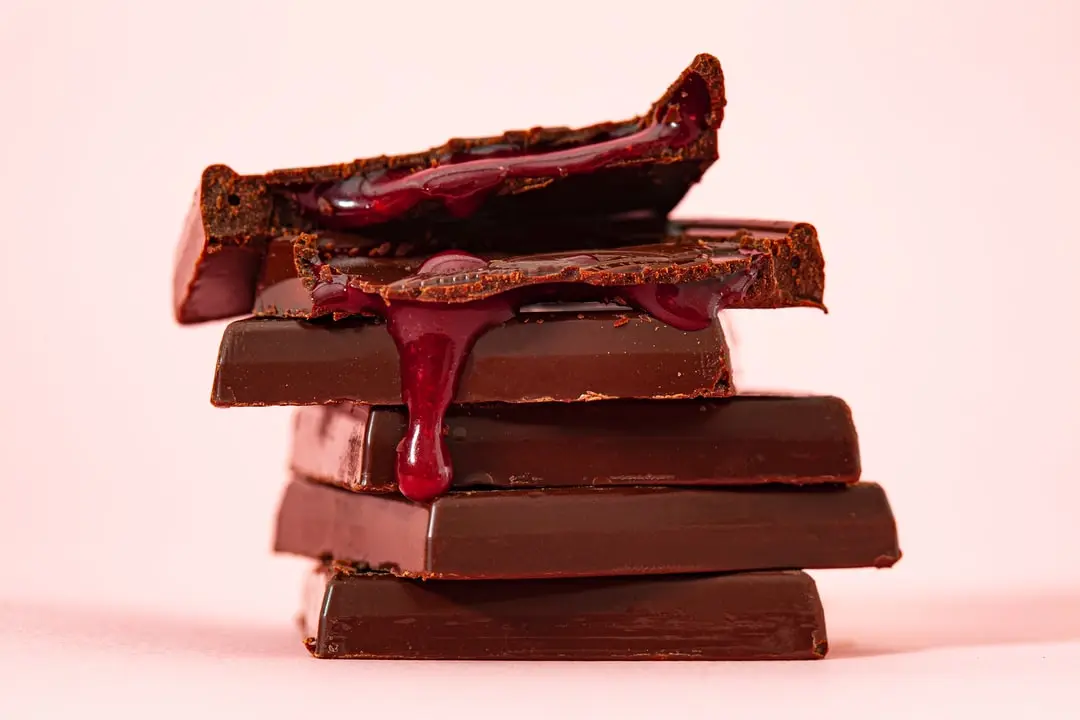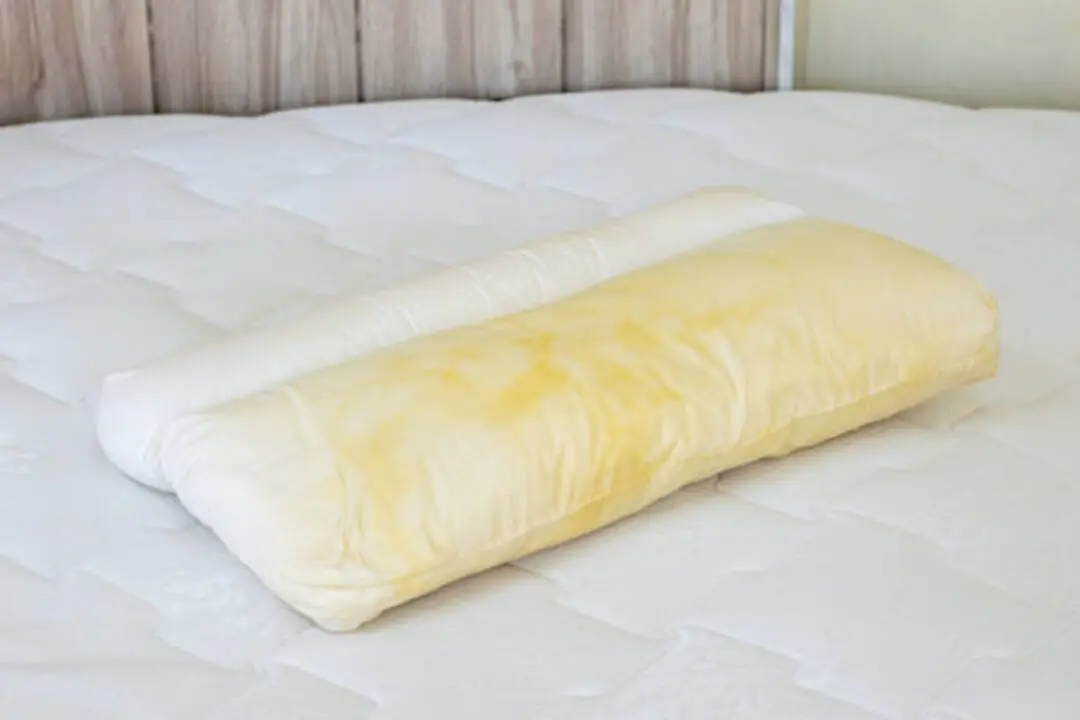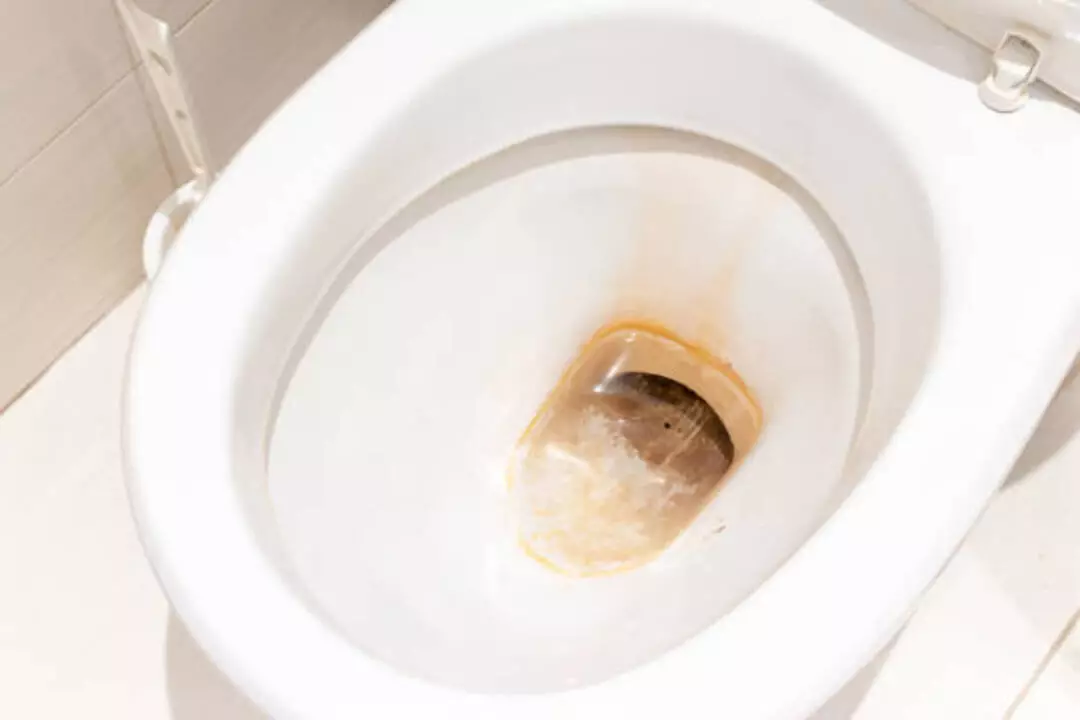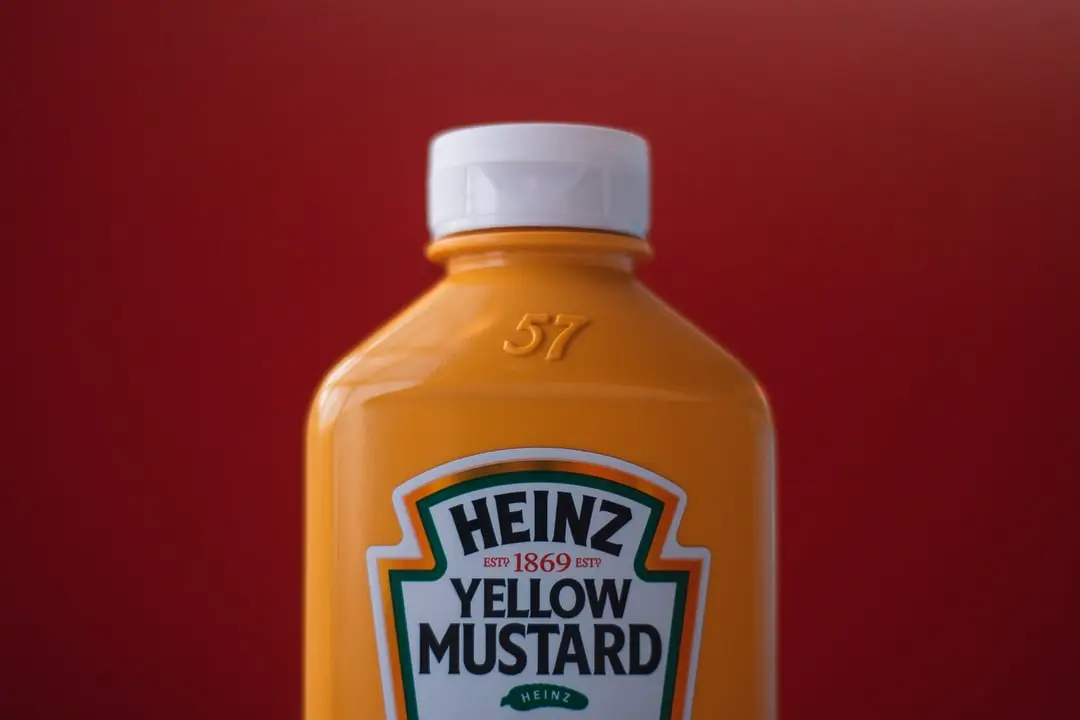Water stains on fabric chairs can be unsightly, breathing life into any room’s dull facade! Did you know that these stubborn marks are often caused by a mix of moisture and dust particles in your surroundings?
Our informative blog post will guide you through the top methods for eradicating water stains, suggest ideal products to use, and even hint at preventative measures.
Let’s dive into ways to retain those vibrant chair fabrics with ease – keep reading!
KEY INFORMATION
- Water stains on fabric chairs can be caused by spills and accidents, water damage, as well as moisture and humidity in the environment.
- When removing water stains from fabric chairs, it’s important to consider factors such as the type of fabric, age, severity of the stain, and appropriate cleaning products and methods.
- Effective methods for removing water stains on fabric chairs include blotting and absorbing the stain, using a mild detergent or stain remover, steam cleaning, or seeking professional cleaning services.
- To prevent water stains on fabric chairs, consider using fabric protectors, cleaning spills immediately, avoiding direct exposure to water and moisture and establishing a regular maintenance routine.
Causes of Water Stains on Fabric Chairs

Water stains on fabric chairs can occur due to spills and accidents, water damage, as well as moisture and humidity in the environment.
1. Spills and accidents
Spills and accidents cause water stains on fabric chairs. You may drop a wet glass or knock over a cup of tea. Even kids can spill their drinks on the chair. These spills soak into the fabric, leaving a stain.
It happens fast but removing it takes time and effort. This makes spills and accidents one of the main ways that your chair gets stained with water marks. So, always be careful when you are eating or drinking near your fabric chairs.
2. Water damage
Water damage on fabric chairs can cause stubborn stains that are difficult to remove. Whether it’s from a spill or excessive moisture, water damage can leave unsightly marks on upholstery.
To effectively tackle water stains, it’s important to act quickly and use appropriate cleaning methods. Blotting the affected area with a white cloth or sponge can help absorb excess moisture.
Using a mild detergent or stain remover specifically designed for fabrics is also recommended. In some cases, professional cleaning services may be necessary to completely eliminate water stains from fabric chairs.
3. Moisture and humidity
Moisture and humidity are common culprits when it comes to water stains on fabric chairs. Excessive moisture in the air can lead to condensation, which can then seep into the fabric and cause unsightly stains.
Additionally, high humidity levels can create a breeding ground for mold and mildew, which can also stain fabric chairs and cause unpleasant odors. It’s important to address moisture and humidity issues in order to prevent these types of stains from occurring.
Factors to Consider when Removing Water Stains

When removing water stains from fabric chairs, there are several factors you need to consider.
1. Fabric type
Different fabric types require different cleaning methods for removing water stains. When dealing with water stains on fabric chairs, it’s important to consider the type of fabric before applying any cleaning products or methods.
Some fabrics, like cotton and polyester, are more durable and can withstand stronger cleaning solutions. However, delicate fabrics such as silk or velvet may require gentler techniques to prevent damage.
It is always a good idea to check the manufacturer’s instructions or test a small, inconspicuous area before treating the entire stain. This will help ensure that you choose the appropriate method for your specific fabric type and avoid causing further damage during the removal process.
2. Age and severity of the stain
The age and severity of the stain are important factors to consider when removing water stains from fabric chairs. Older stains that have set in or become deep may require more advanced cleaning methods compared to fresh stains.
For example, if the stain is relatively new and hasn’t had time to fully penetrate the fabric, spot cleaning with a mild detergent or stain remover could be effective. However, for older or more severe stains, you might need to use steam cleaning or seek professional help.
Remember that the longer a stain remains untreated, the harder it can be to completely remove it. So, it’s best to take action as soon as possible when dealing with water stains on your fabric chairs.
3. Cleaning products and methods
To effectively remove water stains from fabric chairs, there are different cleaning products and methods you can use. When it comes to cleaning products, consider using a mild detergent or stain remover that is safe for fabrics.
You can also try using vinegar and water solution by applying it to a paper towel and blotting the stained area. Another option is using dish soap mixed with cool water for spot-cleaning old or set-in upholstery stains.
As for the cleaning methods, start by blotting and absorbing as much of the stain as possible with a clean white cloth or sponge. Gently dab the stained area without rubbing to avoid spreading the stain further.
Then, apply your chosen cleaning product onto a cloth or sponge and lightly scrub the stained area in circular motions. Rinse with clean water and repeat if necessary.
Remember to always test any cleaning product on an inconspicuous area of the fabric first to ensure it doesn’t cause discoloration or damage. Additionally, follow any specific instructions provided by the manufacturer of your fabric chair.
Methods of Removing Water Stains on Fabric Chairs
There are several effective methods for removing water stains on fabric chairs, including blotting and absorbing the stain, using mild detergent or stain remover, steam cleaning, and professional cleaning services.
Discover the best techniques to restore your fabric chairs to their original beauty.
Blotting and absorbing the stain
To remove water stains from fabric chairs, start by blotting and absorbing the stain. Here’s how:
- Begin by using a clean white cloth or paper towel to gently blot the stained area. Do not rub, as this can spread the stain further.
- Continue blotting until most of the moisture is absorbed. You can also use a sponge to help absorb the water.
- If the stain is still visible, try using a mild detergent or stain remover specifically designed for upholstery. Follow the instructions on the product and use a clean cloth to apply it to the stain.
- Blot the stain again with a clean cloth to lift away any remaining moisture and cleaning solution.
Using mild detergent or stain remover
To remove water stains from fabric chairs, you can try using a mild detergent or stain remover. These products are effective in breaking down and removing the stains. Here are some steps to follow:
- Start by blotting the stained area with a clean white cloth or sponge to absorb as much moisture as possible.
- Dilute a small amount of mild detergent in warm water according to the product instructions.
- Dip a clean white cloth or sponge into the soapy solution and gently blot the stain, working from the outside towards the center.
- Avoid rubbing or scrubbing aggressively, as this may damage the fabric fibers or spread the stain further.
- Rinse the cloth or sponge with clean water and continue blotting until the soap residue is removed.
- If the stain persists, you can try using a stain remover specifically designed for upholstery fabrics. Follow the product instructions carefully and test it on a small, inconspicuous area first to ensure compatibility with your fabric.
- Apply a small amount of stain remover onto a clean cloth or sponge and gently blot the stained area.
- Allow the stain remover to sit on the fabric for a few minutes, then blot it away with a clean damp cloth.
- Rinse the cloth or sponge again and continue blotting until all traces of the stain remover are removed.
- Once you’ve successfully removed the water stains, allow your fabric chair to air dry completely before using it again.
Steam cleaning
Steam cleaning is an effective method for removing water stains on fabric chairs. It can help to lift and loosen the stain, making it easier to remove. Here are some key points about steam cleaning:
- Steam cleaning uses hot water vapor to deep clean the fabric and remove stains.
- The heat from the steam helps to break down and dissolve the stain particles.
- Steam cleaners are available for purchase or can be rented from professional cleaning services.
- When using a steam cleaner, follow the manufacturer’s instructions for setup and operation.
- Before steam cleaning, vacuum or brush the fabric to remove any loose dirt or debris.
- Test a small, inconspicuous area of the fabric first to make sure it does not get damaged by the steam.
- Use steady, even strokes with the steam cleaner over the stained area.
- After steam cleaning, allow the fabric to dry completely before using or sitting on it again.
Professional cleaning services
If you’re having trouble removing water stains from your fabric chairs, professional cleaning services can be a great option. They have the expertise and specialized equipment to effectively remove tough stains and restore the appearance of your chairs.
Professional cleaners use advanced cleaning techniques and products that are safe for your fabric, ensuring that the stain is completely removed without causing any damage. They also have access to commercial-grade upholstery cleaners and steamers, which can deep clean and sanitize your chairs more effectively than regular home cleaning methods.
By hiring professionals, you can save time and effort while getting the best results in restoring your fabric chairs to their original condition.
Preventive Measures to Avoid Water Stains on Fabric Chairs
To avoid water stains on fabric chairs, use fabric protectors, clean spills immediately, avoid direct exposure to water and moisture, and establish a regular maintenance and cleaning routine.
1. Use fabric protectors
To keep your fabric chairs protected from water stains, consider using fabric protectors. These products create a barrier on the fabric surface, making it more resistant to spills and stains. Here are some benefits of using fabric protectors:
- Repels liquids: Fabric protectors help to prevent water from penetrating into the fabric, reducing the chances of water stains.
- Easy cleanup: When spills occur, the liquid will bead up on the surface of the fabric instead of being absorbed. This makes it easier to blot or wipe away the spill before it becomes a stain.
- Long-lasting protection: Fabric protectors provide long-lasting protection against water stains, extending the lifespan of your chairs.
- UV protection: Some fabric protectors also offer UV protection, preventing fading or discoloration caused by sun exposure.
2. Clean spills immediately
To prevent water stains on fabric chairs, it is essential to clean spills immediately. Water can quickly seep into the fabric and leave unsightly marks if not addressed promptly. Grab a clean cloth or paper towel and blot the spill gently, absorbing as much moisture as possible.
Avoid rubbing the stain, as this can make it worse. If needed, you can lightly dampen the cloth with water to help lift the stain. By taking quick action, you can minimize the chances of water stains setting in and keep your fabric chairs looking fresh and clean.
3. Avoid direct exposure to water and moisture
To prevent water stains on fabric chairs, it’s important to avoid direct exposure to water and moisture. This means keeping the chairs away from sources of water like sinks, showers, or open windows during rainstorms.
Moisture can seep into the fabric and cause stains that are difficult to remove. It’s best to place the chairs in a dry area and make sure they are not directly exposed to any liquids.
By taking this precautionary measure, you can help keep your fabric chairs looking clean and free from unsightly water stains.
4. Regular maintenance and cleaning routine
To keep your fabric chairs looking clean and free from water stains, it’s important to establish a regular maintenance and cleaning routine. This will help prevent stains from setting in and make it easier to remove any spills or accidents that may occur.
A simple routine can involve vacuuming the chairs regularly to remove dust, dirt, and crumbs. Additionally, you should spot-clean any fresh spills immediately by blotting them with a clean cloth or paper towel.
For deeper cleaning, follow the manufacturer’s instructions on how to properly care for your specific type of fabric. By maintaining a regular cleaning routine, you can ensure that your fabric chairs stay stain-free and in good condition for years to come.
Frequently Asked Questions

1. What are some effective methods for removing water stains on fabric chairs?
The comprehensive guide to removing fabric chair stains includes using a mild detergent or stain remover, dishwashing liquid, and other water stain removal methods.
2. How can I prevent getting water stains on my fabric chairs?
To prevent water stains on your furniture, try regular cleaning and spot cleaning old or set-in upholstery stains as soon as they occur.
3. Can these methods get rid of other types of chair stains too?
Yes! These fabric chair stain removal methods can also help with ink, grease, and tomato sauce stains.
4. What factors should I think about when taking out chair stains?
When removing chair strains you need to consider the nature of the stain and which method will be best suited while ensuring no damage is done to your car upholstery or any kind of upholstery.
5. Can this also apply to clothes with various kinds of marks?
Absolutely! This extensive stain guide suggests measures for all sorts of spots like those from ink and grease not just on chairs but also on clothes.
Conclusion and final thoughts
In conclusion, this comprehensive guide offers effective methods for removing water stains from fabric chairs. It covers the causes of these stains and factors to consider when removing them.
From blotting and using mild detergent to steam cleaning and seeking professional services, you now have a range of options to choose from. Additionally, preventive measures like using fabric protectors and cleaning spills immediately can help avoid water stains in the first place.
With this knowledge, you’ll be able to keep your fabric chairs looking clean and stain-free!

